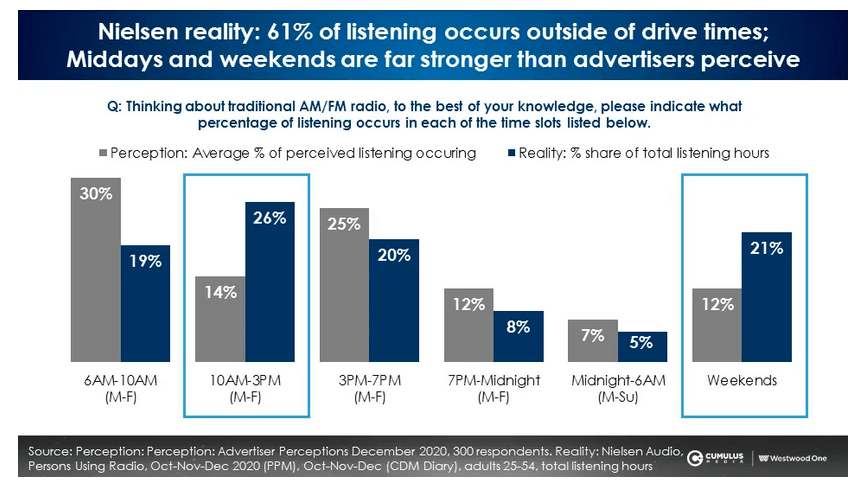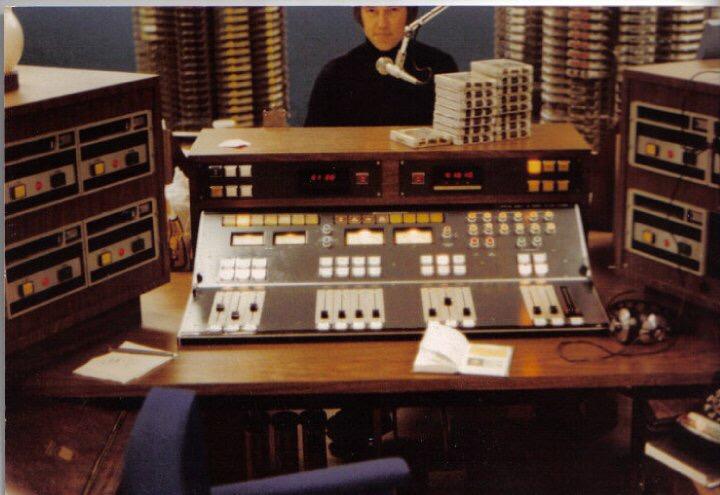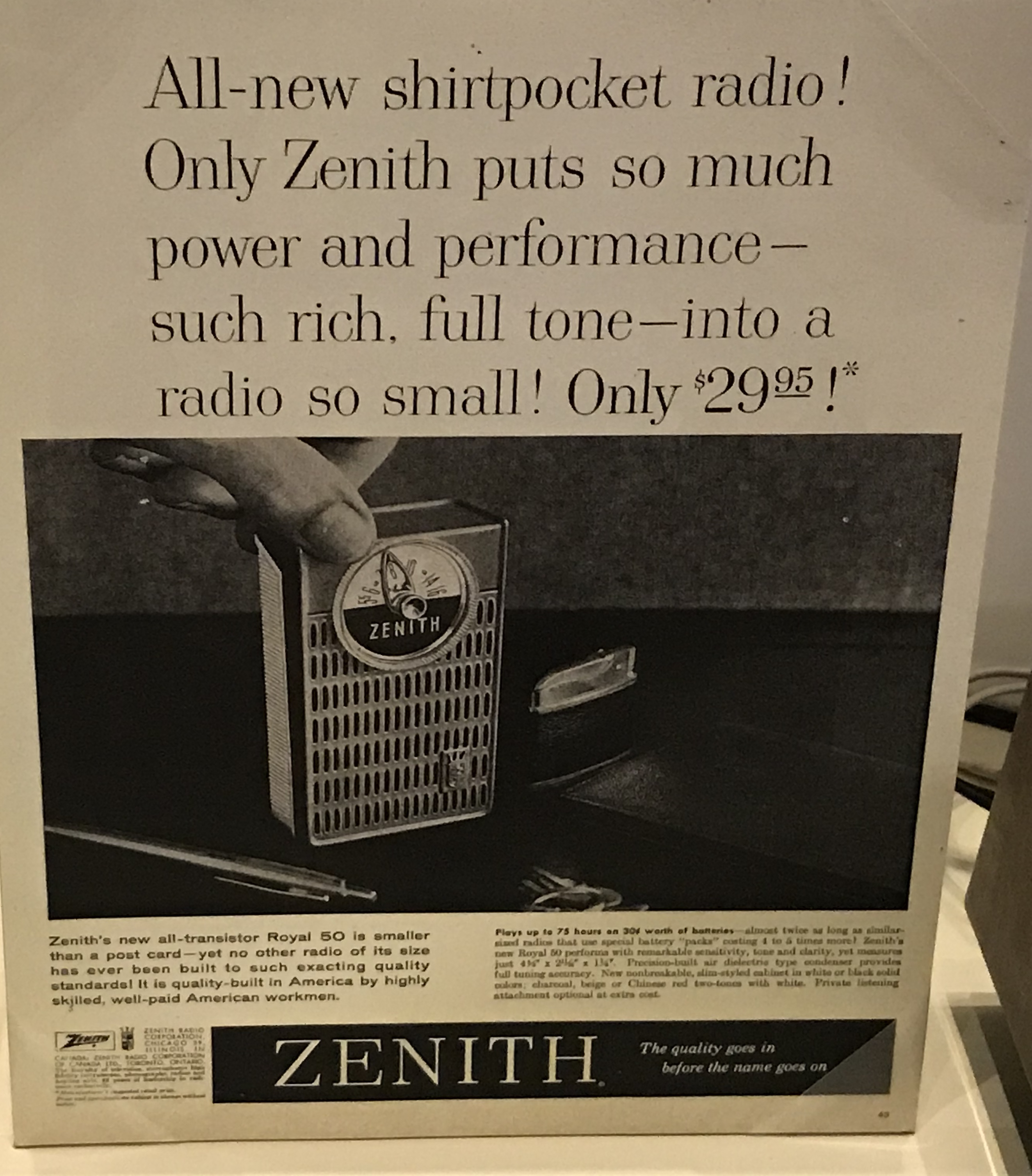With the debut of the first Artificial Intelligence (AI) personality on Portland’s Live 95.5, the possibility of hearing the GOATs of Radio (Greatest Of All Time) back on the air took a giant step closer to becoming a reality.
The DJ Hall of Fame
Imagine your favorite radio personality returning to the airwaves via voice cloning and the use of Artificial Intelligence. When I first wrote about this, over a year and a half ago, it seemed like something that would be five to ten years away, not 18-months.
Netflix
The most popular video streamer offers viewers content that is produced from all over the world, in the native language of the country it was produced. Netflix either has to offer this content with subtitles or voice-dubbing.
Netflix research has found the majority of its subscribers prefer voice-dubbing to subtitles. AI technology offers Netflix to have voices that sound the same as the original actors through voice sampling. Two additional benefits are that using this technology is faster than hiring actors to read and record the dialog, and it’s cheaper too.
Voice Sampling
Companies such as WellSaid have developed Artificial Intelligence technology that uses just a small sample of a person’s voice and can then re-create that voice to say anything a person types on a computer keyboard.
ChatGPT-4
Last week I had Chat GPT write an article for this blog. What was amazing to see, was the speed at which it happened.
As many readers pointed out, it broke no new ground about the future of commercial broadcast radio in the United States but simply rehashed all that has already been said.
Then Alpha Media’s Top 40 KBFF (Live 95.5) in Portland, Oregon announced it had become the world’s first radio station to use an AI DJ, made possible through the use of Futuri’s RadioGPT. Using the voice of the real Ashley Elzinga aka Ashley Z, the midday personality on Live 95.5, AI Ashley was “born”.
This is the Tweet that demonstrated how both the real Ashley Z and AI Ashley sound: TWITTER LINK
After you’ve listened to the demo, you should take a little extra time to read all the comments that follow Ashley Z’s Tweet. Especially the ones that think the station should change its branding from “Live 95.5” to something more like “artificial 95.5”.
If the power of radio is the personal connection an air personality makes with a listener, can this connection be made artificially?
Ashley Z
KBFF’s website has this bio of Ashley Elzinga:
Ashley got her break in radio thanks to an internship with Ryan Seacrest at his famous Ryan Seacrest Productions in Los Angeles, CA. She’s been on the air in Sacramento, Atlanta, Cleveland, Dallas, Austin, Seattle, and now Portland!
She’s currently studying business at Harvard Business School Online and hopes to earn her MBA in the next few years.
Ashley loves to read and is obsessed with skincare and her 2 kitties, Oakley and Raspberry.
Sounds like Ashley Z has plans beyond her current radio gig, once she obtains that advanced degree from Harvard.
Dan Ingram, Larry Lujack, Robert W. Morgan, The Real Don Steele…
It seemed like 18-months ago I was “spit balling” the future, but we now can see that having radio’s GOATs back on the air and doing their thing, artificially, is closer than you might have thought. The technology to do it is here today, however the sticking point for seeing this reality, will most likely be the many legal issues over the rights to using these voices. Unlike on TV, the law in real life is a slow moving process.
Rewound Radio
Until that day arrives, I will enjoy radio’s GOATs on Rewound Radio’s DJ Hall of Fame, that airs every Saturday afternoon from 12-3pm (EST) on https://rewoundradio.com
After all, who wants “New Coke” when you can have “The Real Thing.”











 On November 9, 1965, around 5:21pm in the afternoon, WABC listeners heard something unusual coming through the speakers on their battery powered transistor radios. WABC was playing Jonathan King’s “Everyone’s Gone to the Moon,” but it sounded different. It sounded like it needed a shot of Geritol, as the recording turned slower and slower. Even WABC’s famous chime was off key, and popular afternoon personality Dan Ingram tried to make fun of what was happening. You can hear that moment by clicking
On November 9, 1965, around 5:21pm in the afternoon, WABC listeners heard something unusual coming through the speakers on their battery powered transistor radios. WABC was playing Jonathan King’s “Everyone’s Gone to the Moon,” but it sounded different. It sounded like it needed a shot of Geritol, as the recording turned slower and slower. Even WABC’s famous chime was off key, and popular afternoon personality Dan Ingram tried to make fun of what was happening. You can hear that moment by clicking 
 Rick Sklar wrote in his book “Rocking America” that the blackout helped him to focus his attention on technical reliability. “A station can have the best mix of music and the top jingles, but if the tapes break, the cartridges jam, or the music fidelity is off, the ratings (aka audience) begin to evaporate,” Sklar wrote.
Rick Sklar wrote in his book “Rocking America” that the blackout helped him to focus his attention on technical reliability. “A station can have the best mix of music and the top jingles, but if the tapes break, the cartridges jam, or the music fidelity is off, the ratings (aka audience) begin to evaporate,” Sklar wrote.
 Bill Thomas, a media and branding idea expert and broadcast & radio veteran (@BillThomas), shared a link on Twitter to an Ad Week
Bill Thomas, a media and branding idea expert and broadcast & radio veteran (@BillThomas), shared a link on Twitter to an Ad Week  it’s been illuminating learning about our city and the way it operates. The other evening, we had a session with the city’s Emergency Management and E-911 departments.
it’s been illuminating learning about our city and the way it operates. The other evening, we had a session with the city’s Emergency Management and E-911 departments.



 I was reading an article in Medium about “
I was reading an article in Medium about “
 Christopher Comstock, aka “Marshmello,” signed with the Palms Casino Resort in Las Vegas taking up residency at their Kaos Dayclub and Nightclub.
Christopher Comstock, aka “Marshmello,” signed with the Palms Casino Resort in Las Vegas taking up residency at their Kaos Dayclub and Nightclub.
 with them, touching their hands. In fact, the host said, when Brucie showed up at NBC4 to do the
with them, touching their hands. In fact, the host said, when Brucie showed up at NBC4 to do the  By definition, a commodity product lacks a unique selling point. Two examples of what I mean are lettuce and pencils. No one has a brand favorite of either. To the consumer of both, they’re all the same. Commodities are interchangeable with other products or services, widely available, and therefore undifferentiated except maybe by price.
By definition, a commodity product lacks a unique selling point. Two examples of what I mean are lettuce and pencils. No one has a brand favorite of either. To the consumer of both, they’re all the same. Commodities are interchangeable with other products or services, widely available, and therefore undifferentiated except maybe by price. I often wonder if today’s youth would gravitate to the style of radio that attracted me to make radio broadcasting my career for five decades. Would they be attracted to a Dan Ingram, Robert W. Morgan, Dave Maynard, Ron Lundy, The Real Don Steele, Big Ron O’Brien, Larry Lujack or any of the countless other personalities that so influenced me as I was growing up?
I often wonder if today’s youth would gravitate to the style of radio that attracted me to make radio broadcasting my career for five decades. Would they be attracted to a Dan Ingram, Robert W. Morgan, Dave Maynard, Ron Lundy, The Real Don Steele, Big Ron O’Brien, Larry Lujack or any of the countless other personalities that so influenced me as I was growing up? AM radio. Mine was a Zenith Royal 50 that came with an ear phone, that allowed me to listen to the Red Sox while in elementary school or to radio stations from far, far away after it was ‘lights out’ and I was supposed to be asleep.
AM radio. Mine was a Zenith Royal 50 that came with an ear phone, that allowed me to listen to the Red Sox while in elementary school or to radio stations from far, far away after it was ‘lights out’ and I was supposed to be asleep. That got me to thinking that maybe a new radio format could be created bringing back deceased personalities like Robert W. Morgan, Dan Ingram, The Real Don Steele, Big Ron O’Brien, Ron Lundy, Larry Lujack among other greats by using the power of artificial intelligence. These incomparable radio personalities would “live again” via talented writers and programmers who would tell them what to say. Can you imagine how it might sound?
That got me to thinking that maybe a new radio format could be created bringing back deceased personalities like Robert W. Morgan, Dan Ingram, The Real Don Steele, Big Ron O’Brien, Ron Lundy, Larry Lujack among other greats by using the power of artificial intelligence. These incomparable radio personalities would “live again” via talented writers and programmers who would tell them what to say. Can you imagine how it might sound?